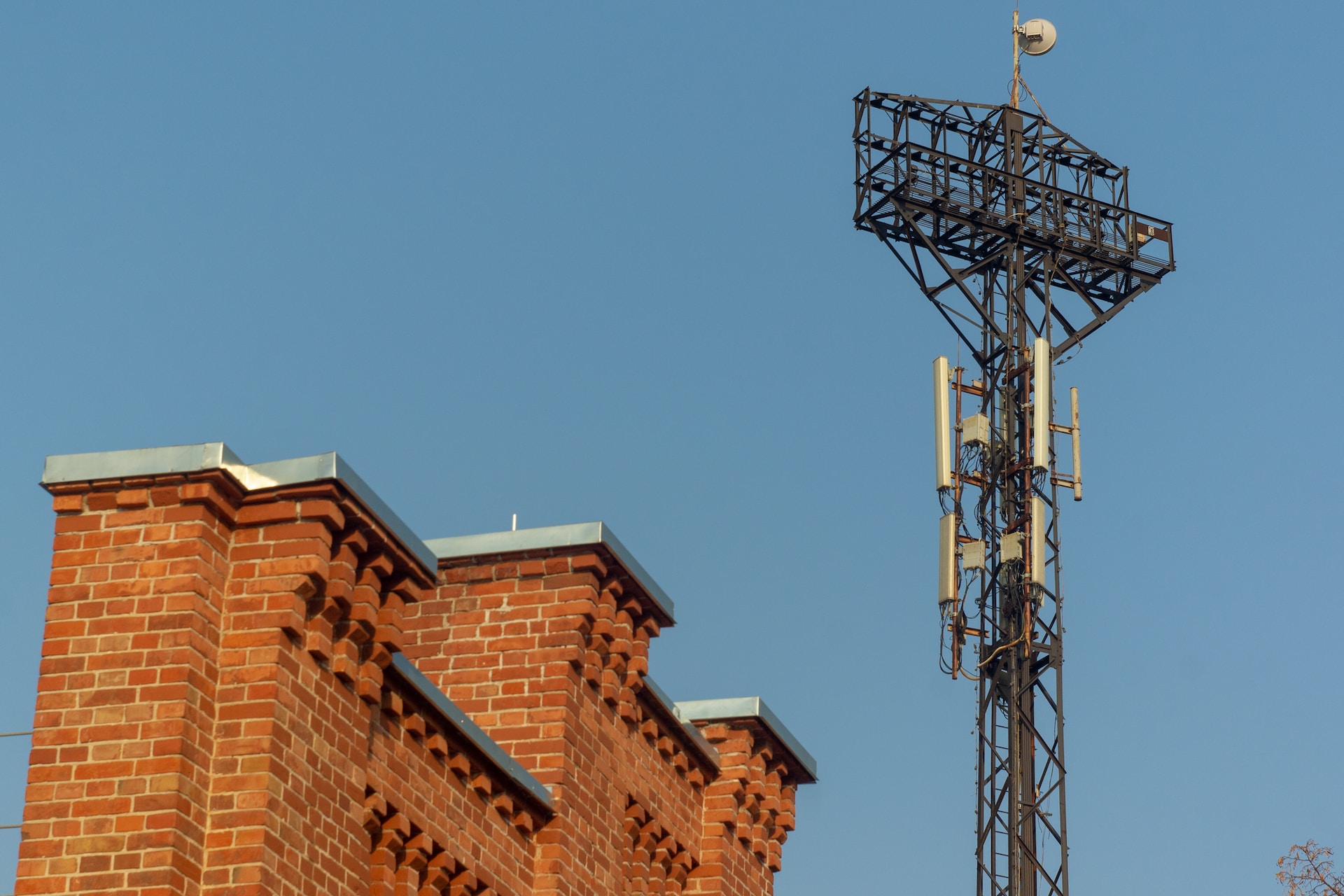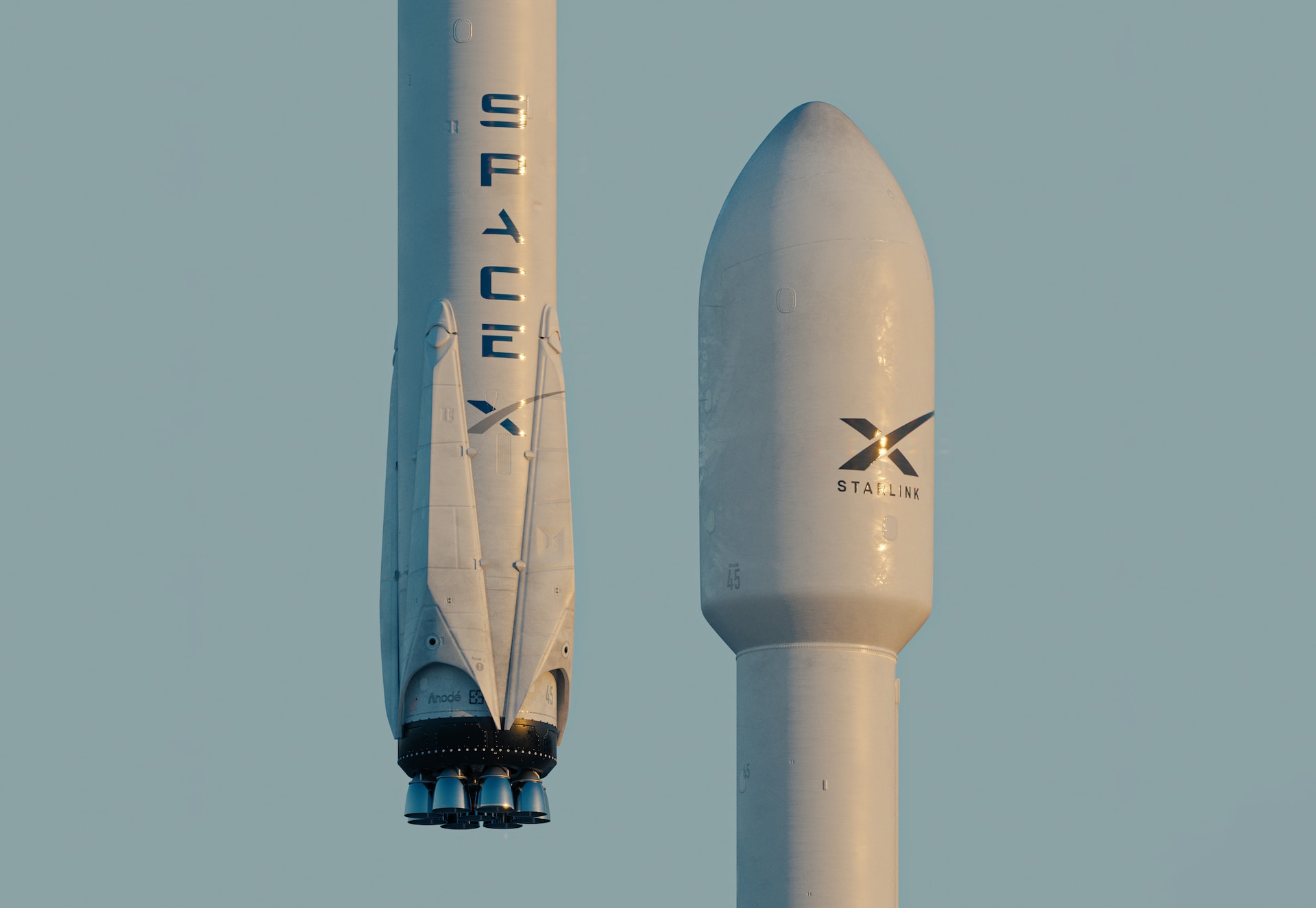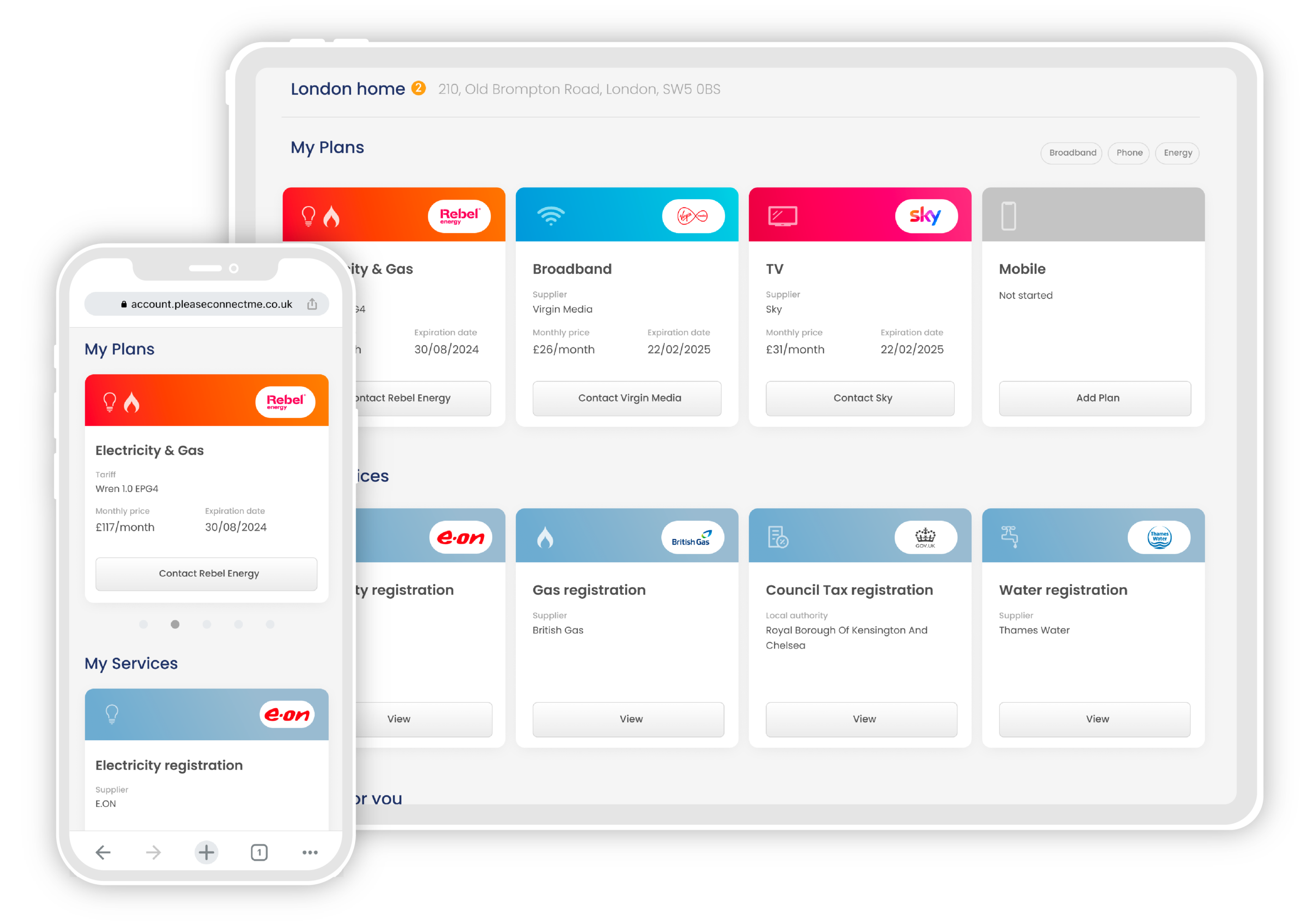From SpaceX’s Starlink to 5G mobile internet, in 2023 the options for internet connections that don’t rely on traditional infrastructure are better than ever. If you don’t have access to one of the UK’s major broadband networks, or if you’re looking for higher speeds, you may be curious about the differences between these wireless internet solutions.
While both allow you to get online wirelessly, the technology behind Starlink and 5G is quite different. While both have their own strengths, which option is best for you will come down both to where you live and what you need your internet connection for.
Get free, expert advice on the best internet networks in your area from Please Connect Me
What is Starlink?
Starlink is a satellite internet constellation operated by Elon Musk’s technology company SpaceX. Starlink uses a network of more than 3,500 small satellites to provide internet access to rural and remote areas around the world.
The service is currently available in over 50 countries, including the UK.
Users receive their own Starlink Dish which they can set up anywhere ‘it can see the sky’. This dish connects to the satellite network, providing internet access. Starlink’s satellites are in Low Earth Orbit (LEO), so latency is much lower than with traditional satellite internet as data travels much shorter distances.
What’s the difference between Starlink and 5G?
Rather than a network of satellites, 5G home routers connect to the same mobile towers as phones and tablets using a SIM card. This means you can use them anywhere with a strong mobile signal and move your router as needed to stay connected on the go. In very isolated or rural areas without a mobile signal, however, the 5G connection will be weaker or even unavailable.

Unlike Starlink, 5G uses existing mobile towers.
Which is faster, Starlink or 5G?
Internet speed testing experts Ookla measured Starlink’s average UK internet speeds at 112 mb/s. That’s more than twice the UK average of 50.4 mb/s and similar to the lower-end speeds offered by full fibre broadband providers.
Starlink’s average latency was measured at 37 ms, twice the UK average of 15 ms but much lower than other satellite broadband providers.
Point Topic recorded the average speed for a 5G connection across the UK at 148 mb/s. The highest speed measured during their independent testing was a lightning fast 753 mb/s!
In a 2021 report, Ookla found a median 5G latency of between 29 ms and 33 ms. Theoretically, the relatively tiny distances between users and phone masts could see this drop as low as 1 ms.
For most users, the speeds they can reach on Starlink and 5G equipment will be similar. 5G routers have a stronger advantage in cities and urban areas, which tend to have better mobile coverage. 5G speeds also vary across areas depending on the provider, so for the best possible speeds users should look for a package that allows them to switch between networks based on coverage.
Is 5G cheaper than Starlink?
Different 5G providers charge different amounts, but a 5G connection should always be much cheaper than a Starlink package.
Setting up Starlink in the UK currently costs £300 up front, with a £75 monthly service fee and a £20 charge for postage and packaging. The total cost for a year of service would be £1220.*
Alternatively, you can rent the Starlink equipment for £99 up front and a £15 a month rental fee, with the same £75 monthly service cost and postage charge. In this case, a year of service would cost £1,100.
In comparison, 5G service from our sister brand Connectivity would cost £149 up front, with a monthly cost of £59.99 in a 12-month contract. One year of service would cost £868.88.
In a 24-month contract, the upfront cost drops to £99 and the monthly cost is £44.99. The cost for one year of service would be £638.88 in total.
Both Starlink and Connectivity’s 5G bundles offer unlimited downloads. Connectivity gives customers 14 days to test the service risk-free, whereas Starlink offers a 30-day free trial.
Based on current speeds, if you live in an area with good 5G coverage a Connectivity bundle offers a faster internet connection than Starlink at a much lower price.
*Prices given for Starlink and Connectivity are correct at the time of going to press but are subject to change without warning.
How do I buy Starlink?
You can order Starlink directly through the Starlink website. There’s currently no waiting time in the UK, and delivery is estimated to take 2-5 working days.
Where can I get a 5G router?
You can order a ready-to-use 5G router and unlimited data package from our sister brand Connectivity here.
These routers are not locked to a single mobile broadband network, and the Connectivity team will run checks to find the provider with the best speeds in your area and connect you with them. If your local coverage changes or you want to use your router in a new location, the team will work with you to keep you connected to the best available network.
Otherwise, most UK mobile providers offer mobile broadband contracts to their customers. When comparing these offers, check the equipment that’s included – some mobile routers are much more powerful than others – as well as the minimum commitment term and whether there is a cap on your monthly data allowance.
Should I use Starlink or 5G?
Unless you live in an area with poor or no 5G coverage, we would recommend a mobile broadband router over Starlink.
Starlink’s network is impressive, with plans to launch 12,000 satellites, but 5G technology is also constantly developing and evolving. In urban areas with good mobile coverage, a 5G router will offer you a fibre-optic speed internet connection where the infrastructure is not available for true fibre at a much lower cost than Starlink.
While we’re excited to see how Starlink’s technology develops over the coming years, we’re also expecting 5G providers to keep striving to deliver a competitive – or even superior – service.
Read more about internet in the UK:













